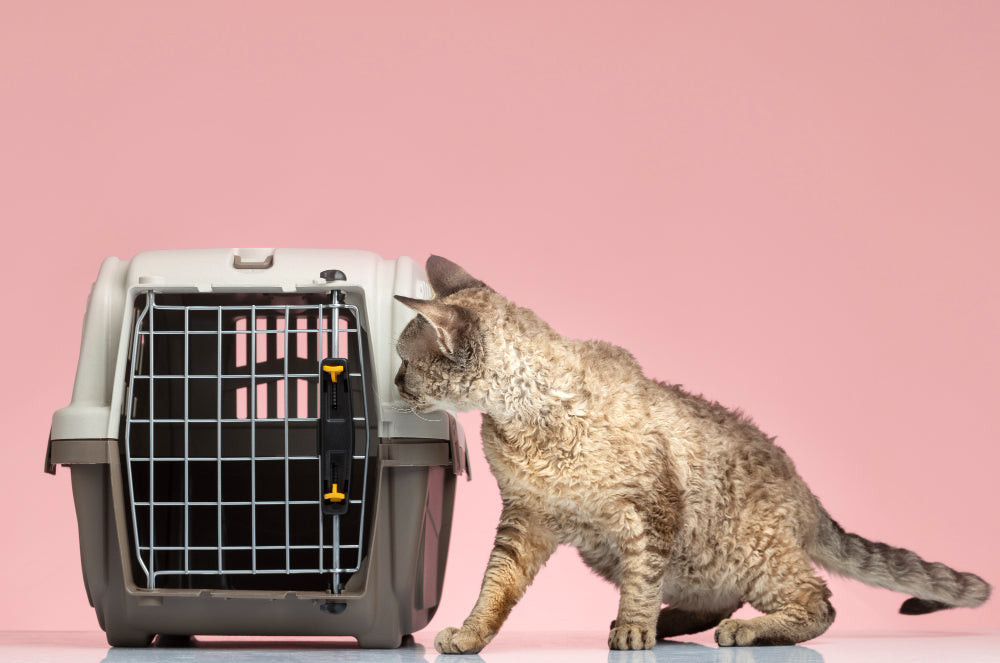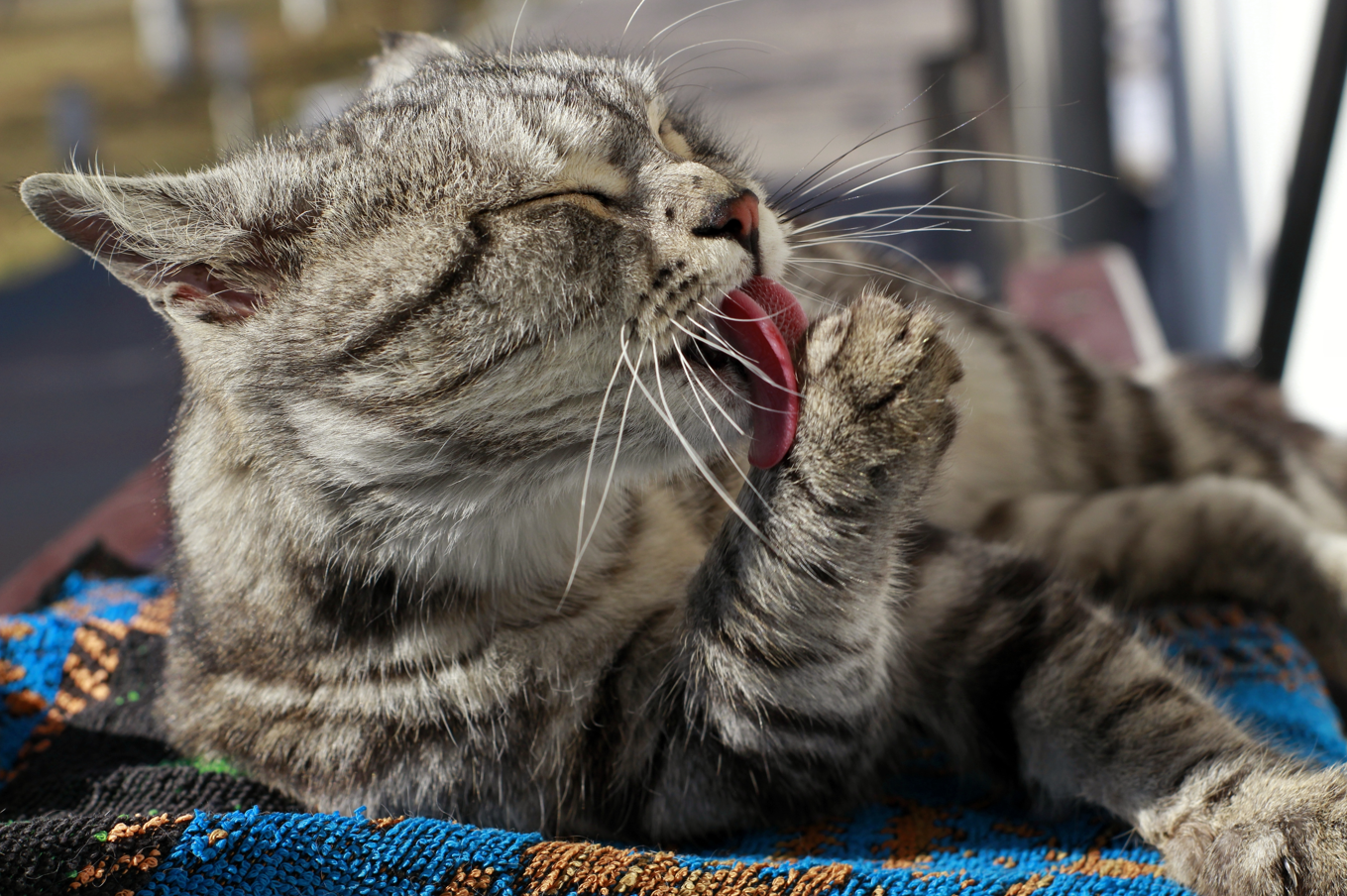
Frozen dog food: a fresh perspective on a natural choice.
, by Michael van Wassem, 5 min reading time

, by Michael van Wassem, 5 min reading time
As a dog lover, you want only one thing: the very best for your four-legged friend. From daily walks to cuddles on the couch – our dogs are family. And just like with family, you want to make conscious choices about their nutrition. In this blog, we delve into the world of frozen raw food for dogs : what exactly is it, why are more and more dog owners choosing it, and what does science actually say about it?
Frozen food (also called "fresh frozen raw food" or "raw frozen food") usually consists of raw meat, organs, bones, vegetables and sometimes fruit. It is frozen immediately after production to optimally preserve nutrients. There are variations based on one animal species (such as chicken, beef or lamb), but also complete menus containing everything a dog needs.
This food is based on the so-called BARF principle (Biologically Appropriate Raw Food) — a movement that argues that dogs thrive best on food that their wild ancestors would also eat.
A dog's anatomy gives it away: sharp teeth, a short digestion time, and enzymes geared towards protein digestion. Frozen food fits this perfectly. It contains no fillers, grains, or artificial additives.
Research shows that raw food for dogs is often more digestible than kibble. A study published in The British Journal of Nutrition (2017) showed that dogs on a raw diet had higher protein digestibility and produced less stool. This means: less waste, less stool, and better nutrient absorption .
Many dog owners notice it quickly: a shinier coat, cleaner teeth, less itching, and fresher breath. Although scientific evidence is still under development, small clinical studies and practical experience show positive effects on:
Skin and coat health
Weight management
Dental health
Energy and endurance
| Characteristic | Frozen food | Dry food (kibble) |
|---|---|---|
| Freshness | Freshly frozen, minimally processed | Highly processed, long shelf life. |
| Nutritional value | High (due to minimal heating) | Less (due to high heating) |
| Storage | Freezing required. | Convenient, room temperature |
| Price | Often more expensive | Cheaper and more readily available. |
| Dental Impact | Can promote natural cleansing (in bones) | Often presented as 'good for your teeth', but the effect is limited. |
| Digestion | More natural, digested faster | May be harder on the stomach for sensitive dogs. |
| Ingredients | Clear, recognizable |
Sometimes vague terms and by-products |
Kibble isn't "bad," but rather developed for convenience. It has its place, especially for large kennels, travel, or dogs with specific health problems. However, for those who can afford it and truly want to invest in their dog's health, frozen food offers a more natural and biologically appropriate option.
Although large-scale, long-term studies are still limited, several small studies have already shown positive results for raw food diets. These include:
In 2020, the University of Helsinki investigated the link between feeding raw food to puppies and the prevention of allergies. The result: dogs that were fed raw food as puppies had a lower chance of developing allergic reactions later in life.
The American Veterinary Medical Association (AVMA) remains cautious: they advise strict hygiene when feeding raw food, due to the potential presence of bacteria such as salmonella. However, this also applies to preparing raw meat for humans. With proper handling, the risk is negligible.
Every dog is different. Age, breed, health, allergies, and activity level all play a role. Unsure? Consult a veterinarian or nutritionist specializing in natural diets. When switching diets, ensure a gradual transition to allow the digestive system to adapt.
Always work hygienically : wash your hands, use separate cutting boards, and clean food bowls thoroughly.
Let the food thaw properly in the refrigerator, never in the microwave.
Never feed raw food together with kibble within the same meal (different digestion times).
Choose reputable brands that offer complete menus according to FEDIAF guidelines.
Frozen raw food isn't just a fad. It's a return to basics, to what our dogs would naturally eat. It requires a little more planning and perhaps some extra freezer space, but the reward is great: a healthy, happy dog who shines inside and out.
Because ultimately, good nutrition isn't just a matter of science—it's an act of love. Curious about our range? Check out all of Fidello's frozen food here, carefully selected.
Considering frozen food? Let your dog get used to it gradually and carefully consider what works best for you both. And don't forget: the best food is the one that makes both you and your dog feel good.


